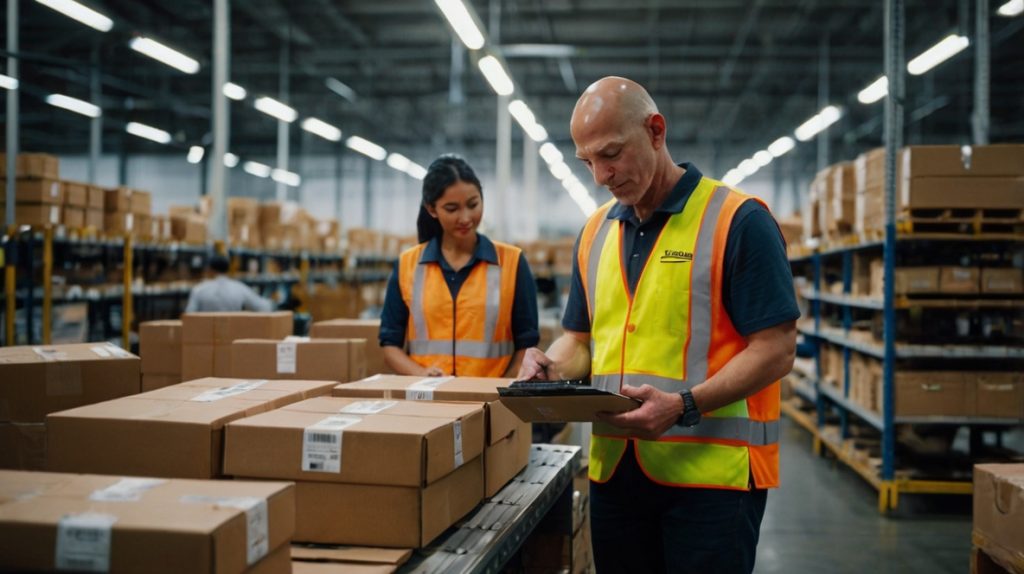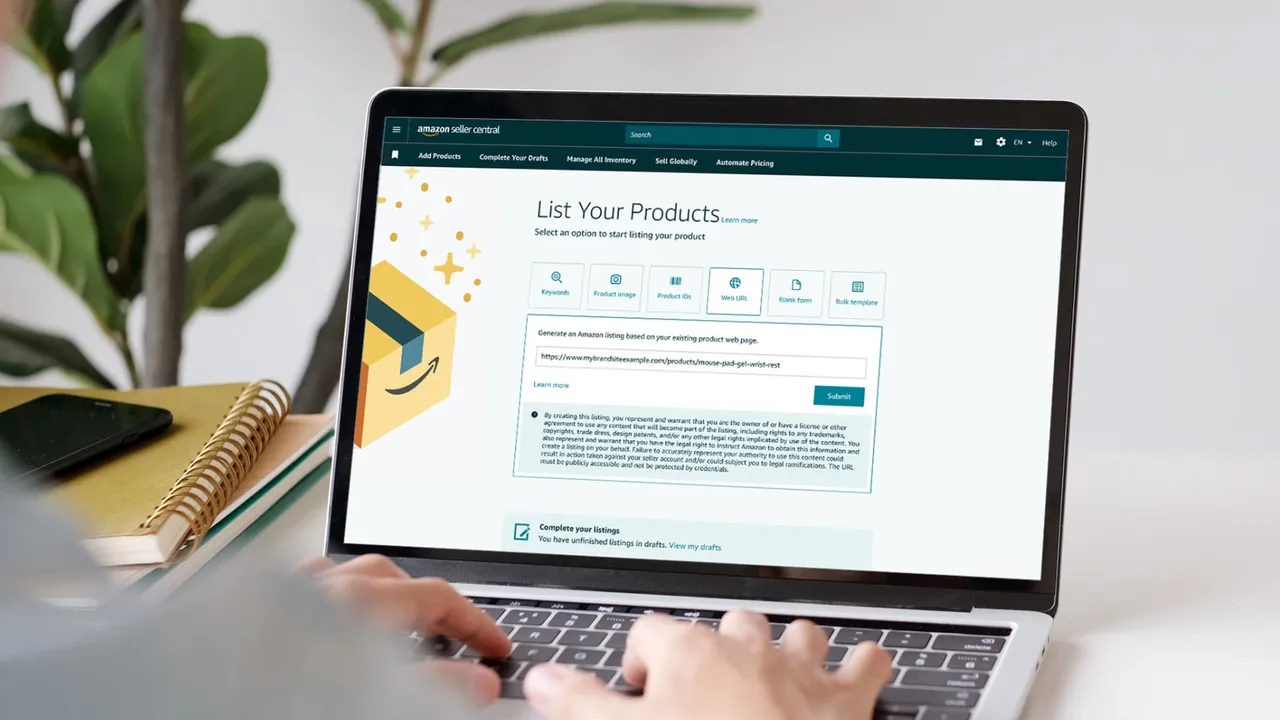Selling on Amazon Europe offers immense potential for e-commerce entrepreneurs, but it also comes with challenges, particularly around compliance with restricted products and categories. Navigating these rules is essential for maintaining your seller account, avoiding penalties, and building a successful business.
In this comprehensive guide, we will cover everything you need to know about restricted products and categories in Amazon Europe, including common restrictions, country-specific regulations, tools to stay compliant, and practical tips for avoiding issues. Let’s dive in.
What Are Restricted Products and Categories?
Restricted products are items that Amazon either prohibits entirely or allows under strict conditions due to legal, regulatory, or safety concerns. These restrictions vary based on the marketplace (e.g., Amazon Germany vs. Amazon UK) and often depend on national and EU-wide regulations.
Common Reasons for Restrictions:
- Legal Compliance: Products must adhere to laws governing health, safety, and consumer protection.
- Amazon Policies: Amazon enforces its own rules to maintain trust and compliance.
- Risk Factors: Items that pose safety risks or legal liabilities are often restricted.
Types of Restrictions:
- Prohibited Products: Items you cannot sell under any circumstances.
- Restricted Categories: Categories that require approval or additional documentation.
- Regulated Products: Items that need compliance with local or EU standards, certifications, and labeling.
Examples of Restricted Categories in Amazon Europe
1. Food and Beverages
Food items sold on Amazon must meet strict health and safety regulations, including:
- Proper labeling with ingredients and nutritional information.
- Compliance with EU food safety laws.
- Storage and transportation requirements for perishable goods.
2. Health and Personal Care Products
Products like supplements, cosmetics, and medical devices face additional scrutiny:
- Cosmetics must comply with the EU Cosmetics Regulation.
- Supplements require labeling with active ingredients and cannot contain banned substances.
- Medical Devices need CE marking and conformity assessments.
3. Electronics
Electrical and electronic devices must:
- Display a CE marking to indicate conformity with EU safety standards.
- Adhere to the Waste Electrical and Electronic Equipment (WEEE) Directive.
- Provide safety and usage instructions in local languages.
4. Toys and Baby Products
Toys sold in Europe must comply with the EU Toy Safety Directive. Requirements include:
- CE marking.
- Warning labels, such as age restrictions.
- Testing for hazardous materials like lead or choking hazards.
5. Hazardous Materials
Items classified as dangerous goods, such as flammable liquids or toxic chemicals, face significant restrictions. Sellers must provide Material Safety Data Sheets (MSDS) and adhere to transport regulations.
6. Alcohol and Tobacco
Selling alcohol or tobacco is heavily regulated or outright prohibited on Amazon. Compliance with country-specific laws and licensing requirements is mandatory.
7. Weapons and Self-Defense Products
Amazon restricts the sale of weapons, including firearms, knives, and certain self-defense items like pepper spray. Restrictions vary widely across countries.
8. Restricted Substances
Products containing chemicals or substances regulated under REACH (Registration, Evaluation, Authorization, and Restriction of Chemicals) or other EU directives require additional documentation.
Country-Specific Considerations
Each country in Europe has unique regulations that sellers must follow:
1. Germany
- Packaging Act (Verpackungsgesetz): Sellers must register packaging with the Central Packaging Registry (ZSVR).
- Electrical Devices: Adherence to the German Electrical and Electronic Equipment Act (ElektroG) is required.
2. France
- Language Requirements: Labels and instructions must be in French.
- Eco-Contribution: Sellers of electronic and household goods must contribute to recycling programs.
- Alcohol Restrictions: Stringent rules apply to advertising and selling alcohol.
3. United Kingdom
- UKCA Marking: Replaces CE marking for certain products post-Brexit.
- Trading Standards: Ensures products meet UK-specific safety and labeling regulations.
4. Italy and Spain
- Consumer Protection Laws: Require accurate descriptions and labeling in the local language.
How to Stay Compliant
1. Understand Amazon’s Policies
Familiarize yourself with Amazon’s restricted product policies for each European marketplace. Regularly check updates in Seller Central.
2. Use Actorio Restrictions Checker
Actorio Restrictions Checker can help you to quickly identify restricted products and ensure compliance.

3. Obtain Certifications
Ensure your products have the necessary certifications (e.g., CE marking, safety reports) and documentation.
4. Maintain Proper Labeling
Labels should include:
- Product name and description.
- Country of origin.
- Required warning labels (e.g., choking hazard for toys).
5. Avoid Counterfeits
Sourcing from trusted suppliers and avoiding counterfeit or trademarked items ensures compliance with Amazon’s policies.
What Happens If You Violate Restrictions?
Consequences:
- Listing Removal: Restricted or non-compliant products will be delisted.
- Account Suspension: Repeated violations can lead to account suspension.
- Legal Penalties: Selling prohibited items may result in fines or legal action.
How to Address Violations:
- Understand the Issue: Review Amazon’s notification.
- Provide Documentation: Submit required certifications or explanations.
- Appeal If Necessary: Use Amazon’s appeals process to contest incorrect violations.
Conclusion
Selling on Amazon Europe presents significant opportunities, but it requires diligence and adherence to both Amazon’s policies and local regulations. By understanding restricted products and categories, leveraging tools, and staying informed, you can mitigate risks and maximize your success in the European marketplace.




